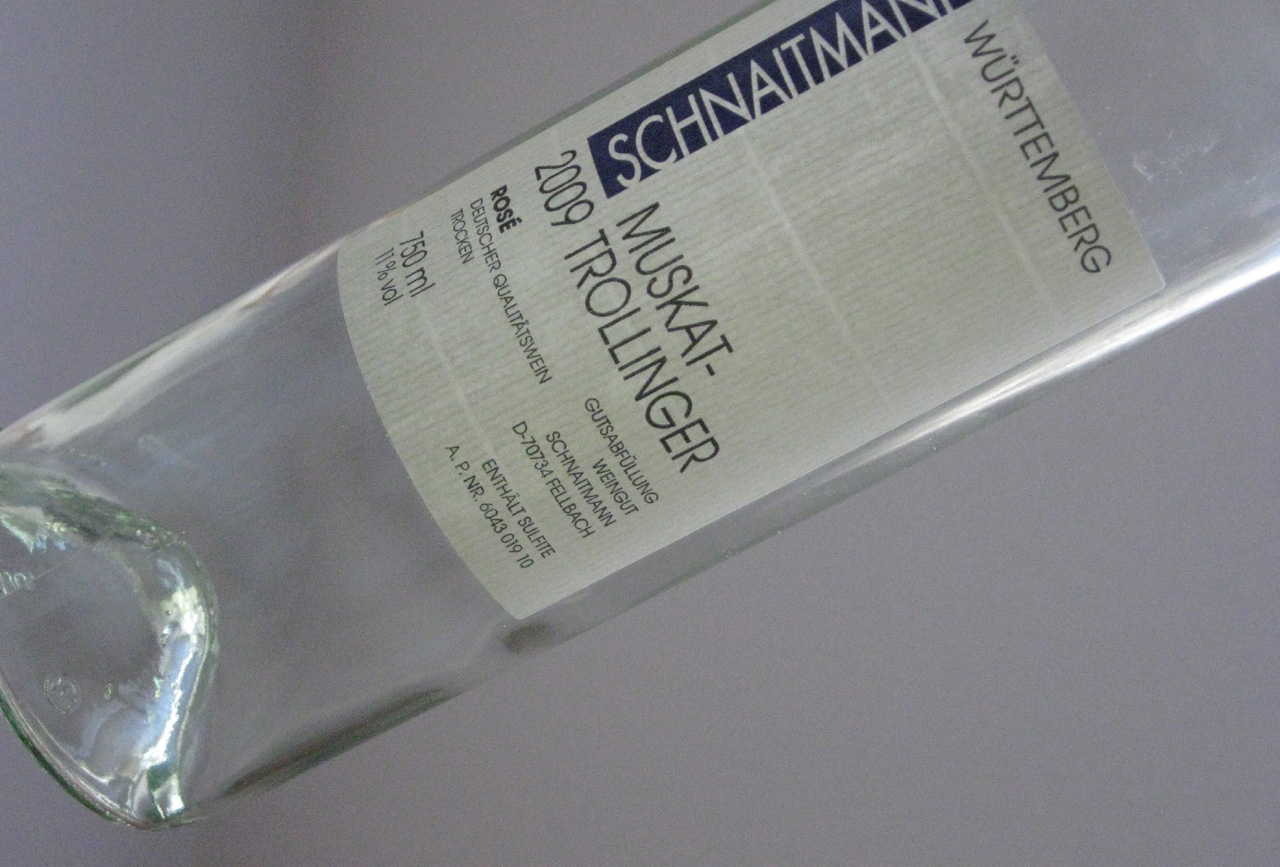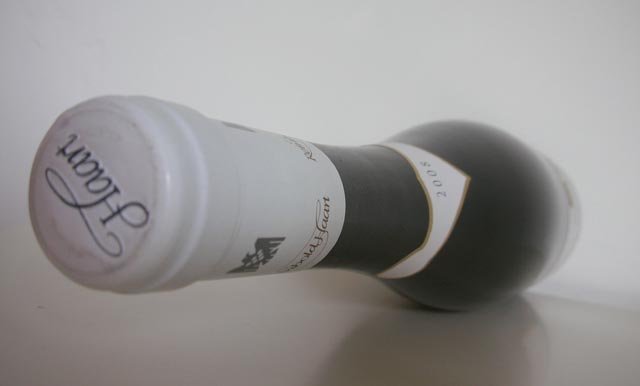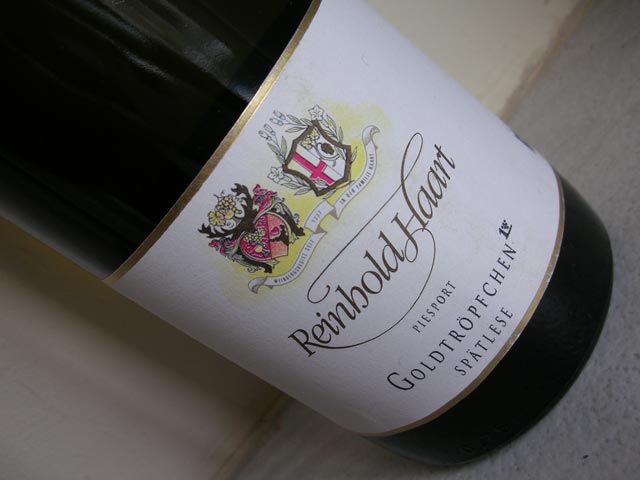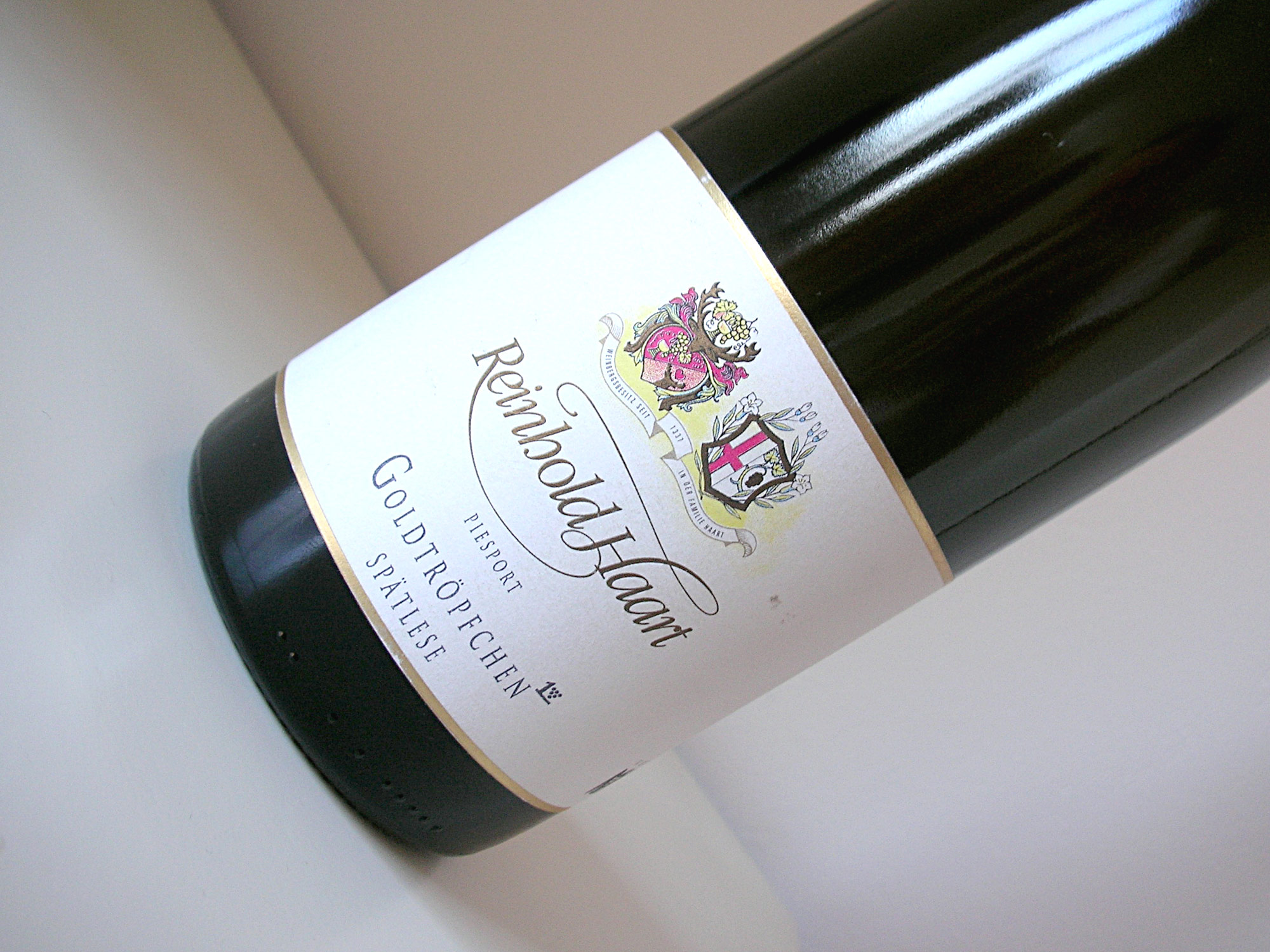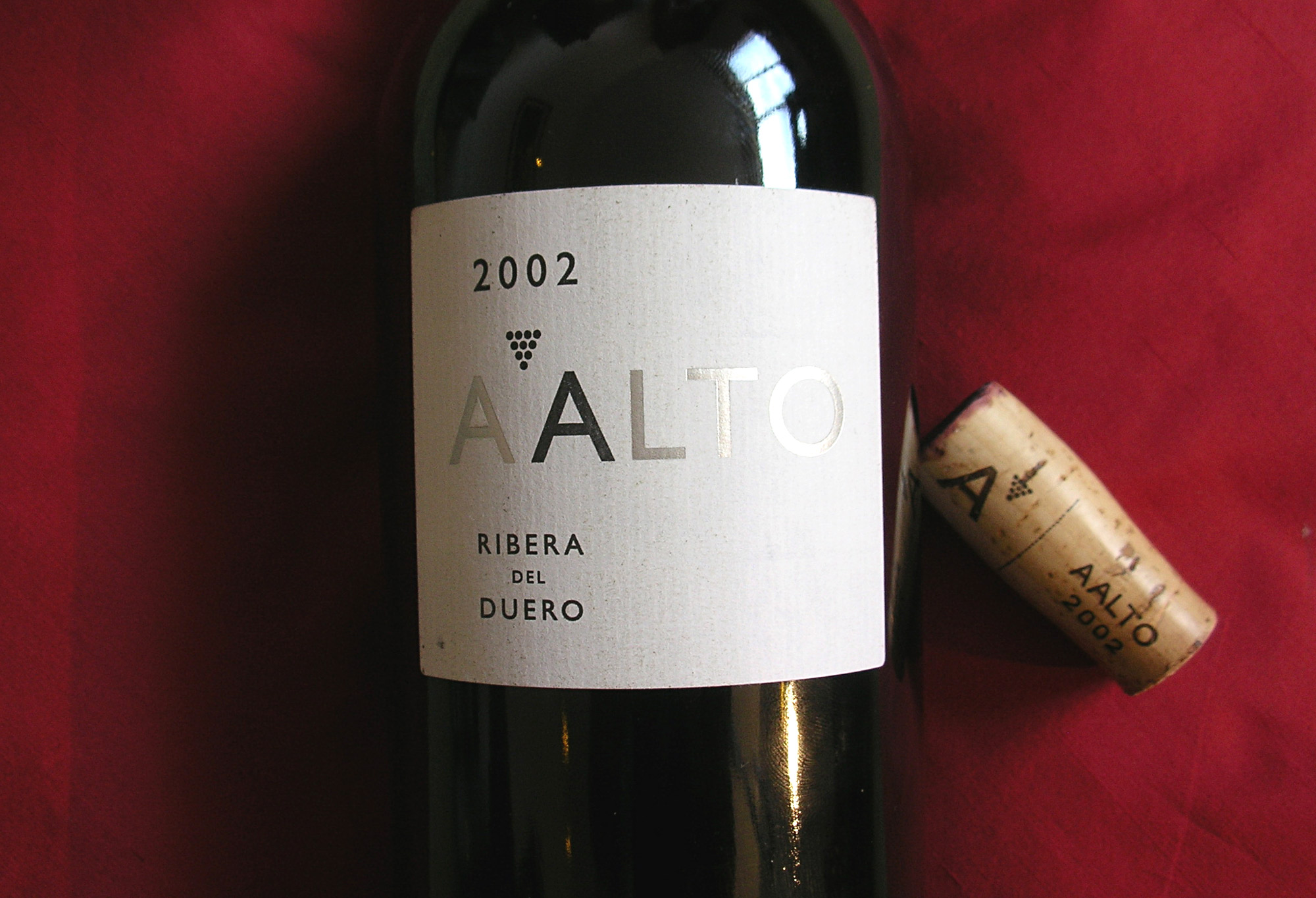Martin Müllen, Kröver Paradies, Riesling Auslese trocken, 1990
One of the less exciting things about living in London is not having a cellar. I sometimes feel a certain envy towards friends on the continent who 'of course' have a cellar and can put age-worthy wines away for a few years or even decades. So whenever I can get my hands on an aged wine I get pretty excited. Quality Riesling, particularly the sweeter ones, can age very well, but if you buy a twenty year old one it is always a gamble. Luckily, I got this one directly from the winery, so I was fairly certain it had been stored properly. Ladies and gentlemen, I present a good ol' boys Riesling from the Moselle:


